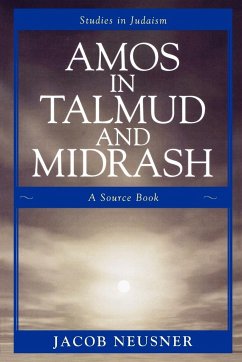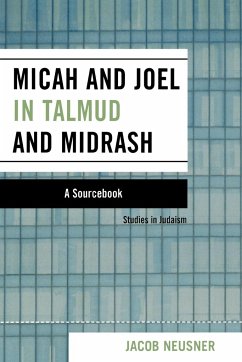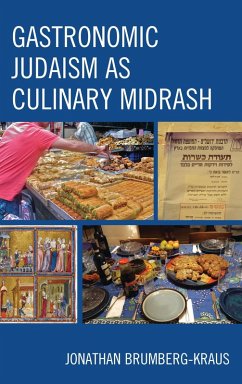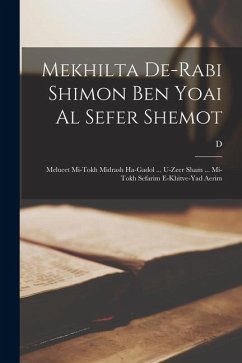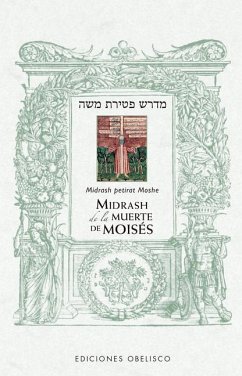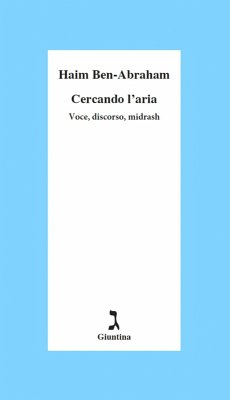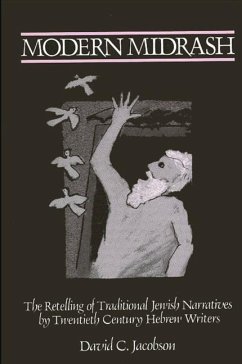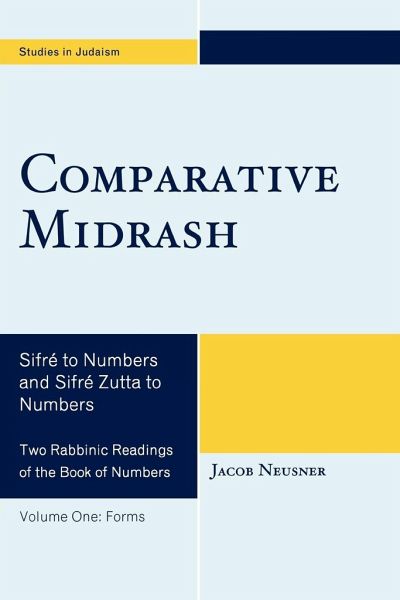
Comparative Midrash
Sifré to Numbers and Sifré Zutta to Numbers
Versandkostenfrei!
Versandfertig in 1-2 Wochen
54,99 €
inkl. MwSt.

PAYBACK Punkte
27 °P sammeln!
The documentary hypothesis of the Rabbinic canon of late antiquity maintains that complete documents form the smallest whole building blocks of the Rabbinic system. These two volumes compare the rhetorical/formal and exegetical traits of two entire, kindred documents. What makes it surprising is the result: they have nothing in common.





